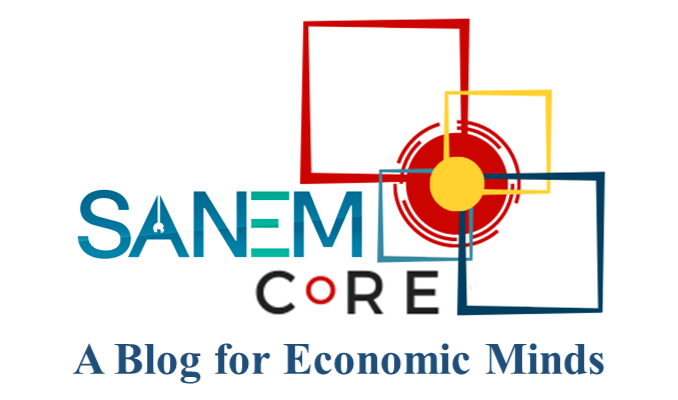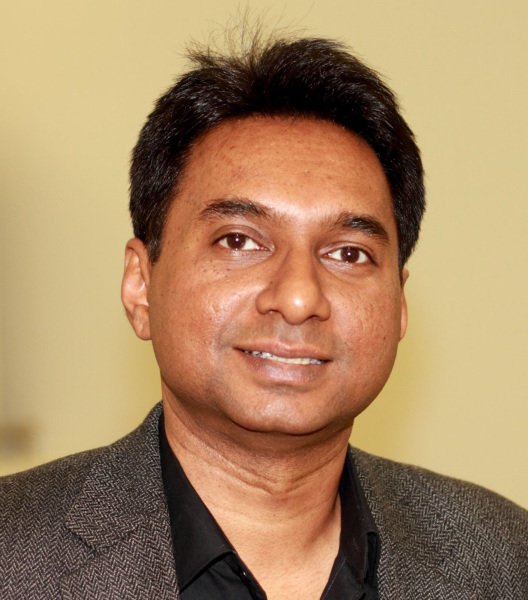Uncertainty faces the poor people in Bangladesh due to the erratic nature of commodity prices in both the domestic and international markets. The staggering rise in food prices combined with the decline in real income is making it difficult for them to buy the food they need. From February 2022 to February 2023, the country’s annual inflation rate (point to point) increased from 6.2 percent to 8.8 percent. In some months during this period, it went well above nine percent.
The current inflation rate in Bangladesh is the highest in 11 years. Real income is eroded by inflation, which lowers the poor’s purchasing power. Those who have limited employment opportunities and those who work in the informal sector continue to struggle. The great majority of the poor live in uncertain situations since their income or salaries aren’t adjusted for excessive inflation. Many poor people are compelled to use their savings or loans to pay for their daily necessities. For many others, such options are also very limited.
While the officially reported inflation rates are still high, there are concerns that the actual inflation rate may be much higher for low-income households. A recent analysis by the South Asian Network for Economic Modeling (Sanem) shows that poor people in Bangladesh face much higher rates of inflation than the official rate. A large part of their income is spent on food products. Another concern is that the inflationary conditions seem unlikely to improve soon.
The reasons behind this soaring inflation in recent months include escalated prices of food, fuel, and other commodities in the global market, shortage of domestic production, supply-side disruptions as well as imperfections and anomalies in the local markets, and depreciation of the taka. Problems in domestic economic and market management are as much to blame as the global issues for this persistent inflationary pressure.
To investigate the effect of inflation on the livelihoods of poor households, Sanem recently surveyed 1,600 low-income households across eight divisions – 800 households in urban and 800 households in rural areas. The survey was conducted between March 9 and 18 this year. Some of the major findings of this survey are striking and alarming.
First, while on average the poor households reported that their monthly income didn’t rise over the past six months (in fact, in some cases it declined), their monthly total expenditure rose by 13 percent and food expenditure rose by 17 percent. It is important to note that poor households can’t afford to increase monthly expenditures much, as their expenditures are constrained by limited incomes.
Second, the major coping strategies of these poor households included changing food habits, borrowing, cutting down expenditures on health, education, and clothing, and exhausting savings. Ninety percent of the poor households reported having changed their food habits, and more than 50 percent of households cut down important non-food expenditures. Also, 75 percent of poor households had to rely on borrowing from different microcredit and other informal sources at high interest rates, which escalated the risk of falling into a debt trap.
Third, more than 70 percent of poor households had to make downward adjustments in food intake, especially meat, fish and egg, and switched to low quality food, which made them more food insecure now compared to six months ago.
Fourth, a majority of the surveyed households were not under any social protection programmes, and only 28 percent of them were receiving subsidised food items under the government’s OMS programme or TCB cards. The frequency of receiving food items in a month at subsidised prices through OMS/TCB was very low, and most of the poor households had to spend hours receiving such support. This suggests that the coverage of the government’s social protection programmes remained largely insufficient during the crisis time.
Fifth, the future outlook of poor households seemed to be bleak. Eighty-five percent of these households were reported to be in danger of falling into a deeper debt trap.The aforementioned analysis suggests that it has been a challenging time for poor households in the country throughout the enlarged phase of high inflationary pressure. The uncertain global economic situation and domestic economic crisis may prolong the woes of the poor. Under these circumstances, what needs to be done?
There is a need to ensure adequate supply of food items in the market by substantially increasing domestic production of food crops, facilitating timely sourcing of critical food imports, and finding alternative import sources. The government’s social protection programmes for the underprivileged need to be significantly expanded as well. Food support programmes and the number of TCB cards have to be increased substantially. The amount and frequency of distribution of subsidised food items need to be enhanced. All poor people should be brought under the government’s social protection programmes.
In this regard, issues such as underallocation of resources, targeting errors, lack of coordination among ministries, and corruption and institutional weaknesses must be addressed. The domestic market management in terms of market monitoring and enforcing rules and regulation to prevent anti-competitive practices remain very weak in Bangladesh, which often contribute to escalated food prices without any proper reason. Therefore, the market monitoring mechanism needs to be strengthened. At the same time, the capacity and independence of government agencies responsible for preventing anti-competitive practices by large corporations in the market need to be enhanced.
The article was first published in The Daily Star, on 3 April 2023


RECENT COMMENTS